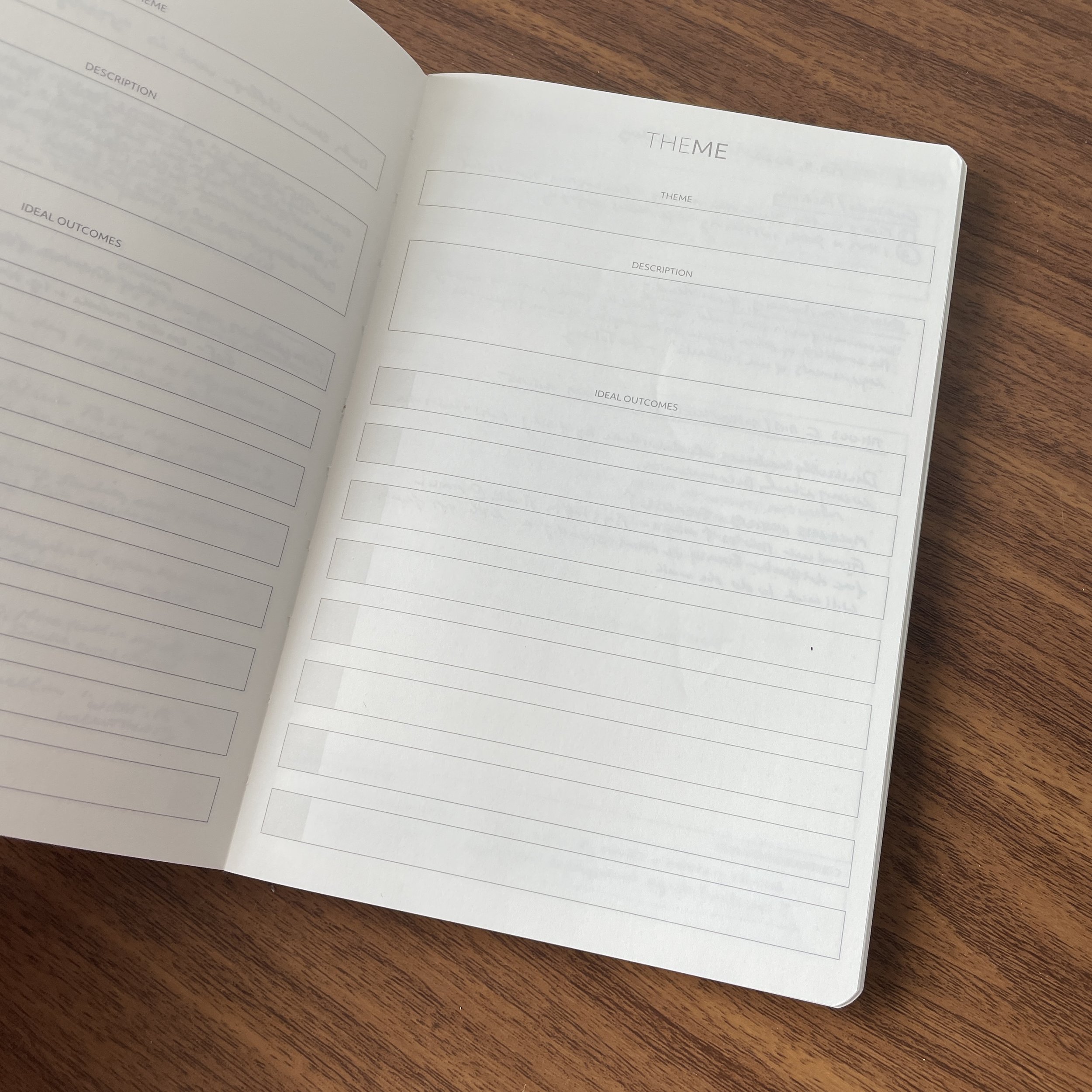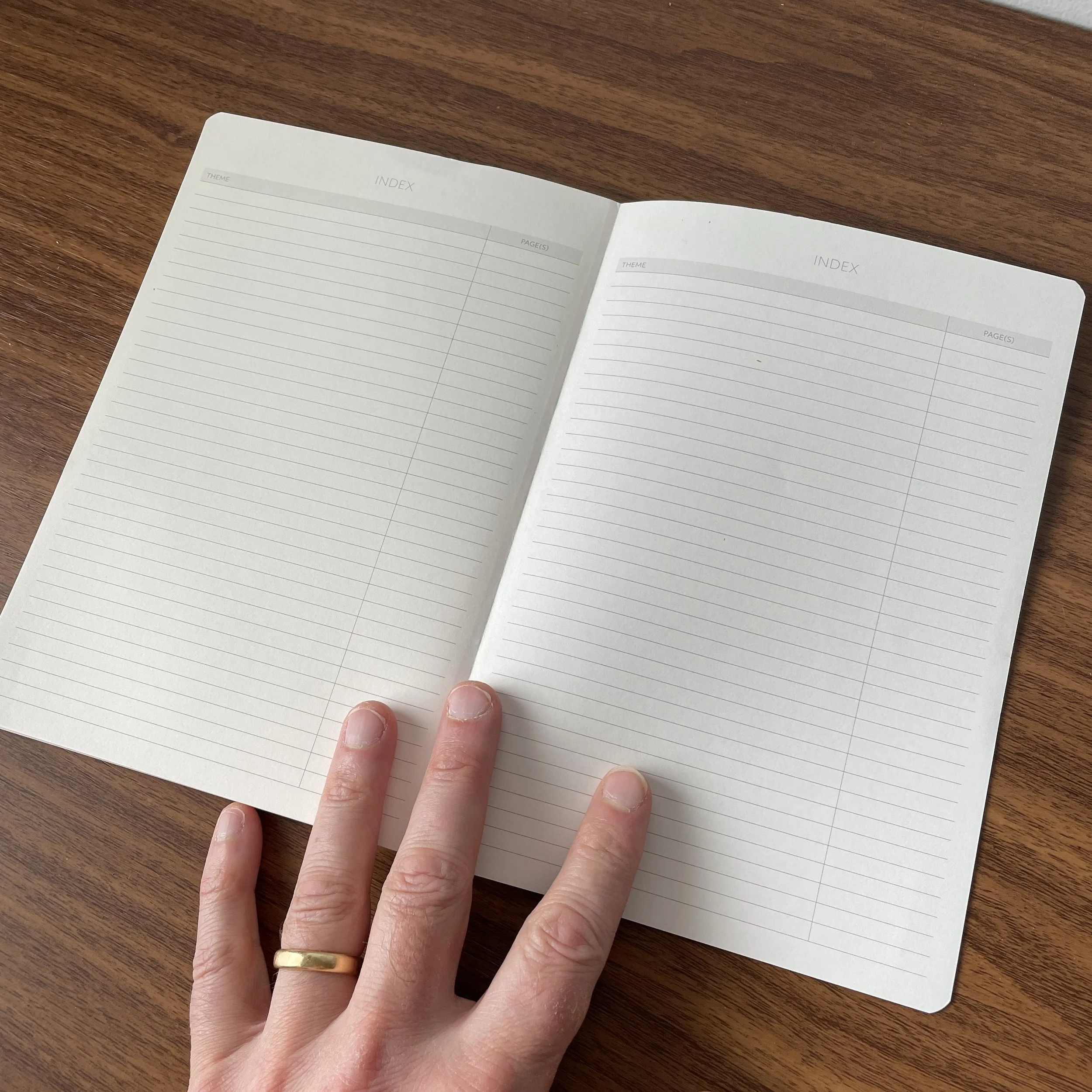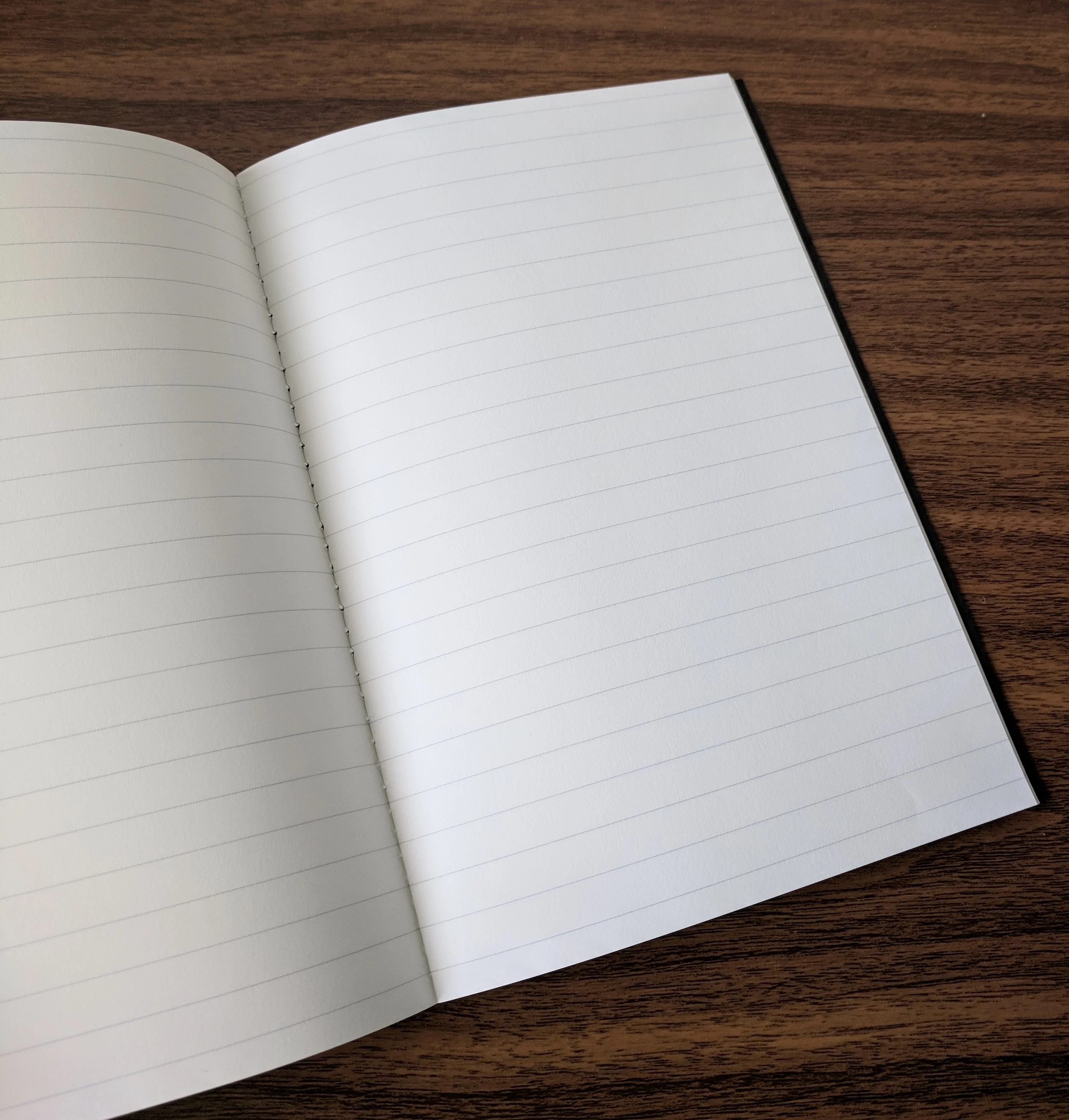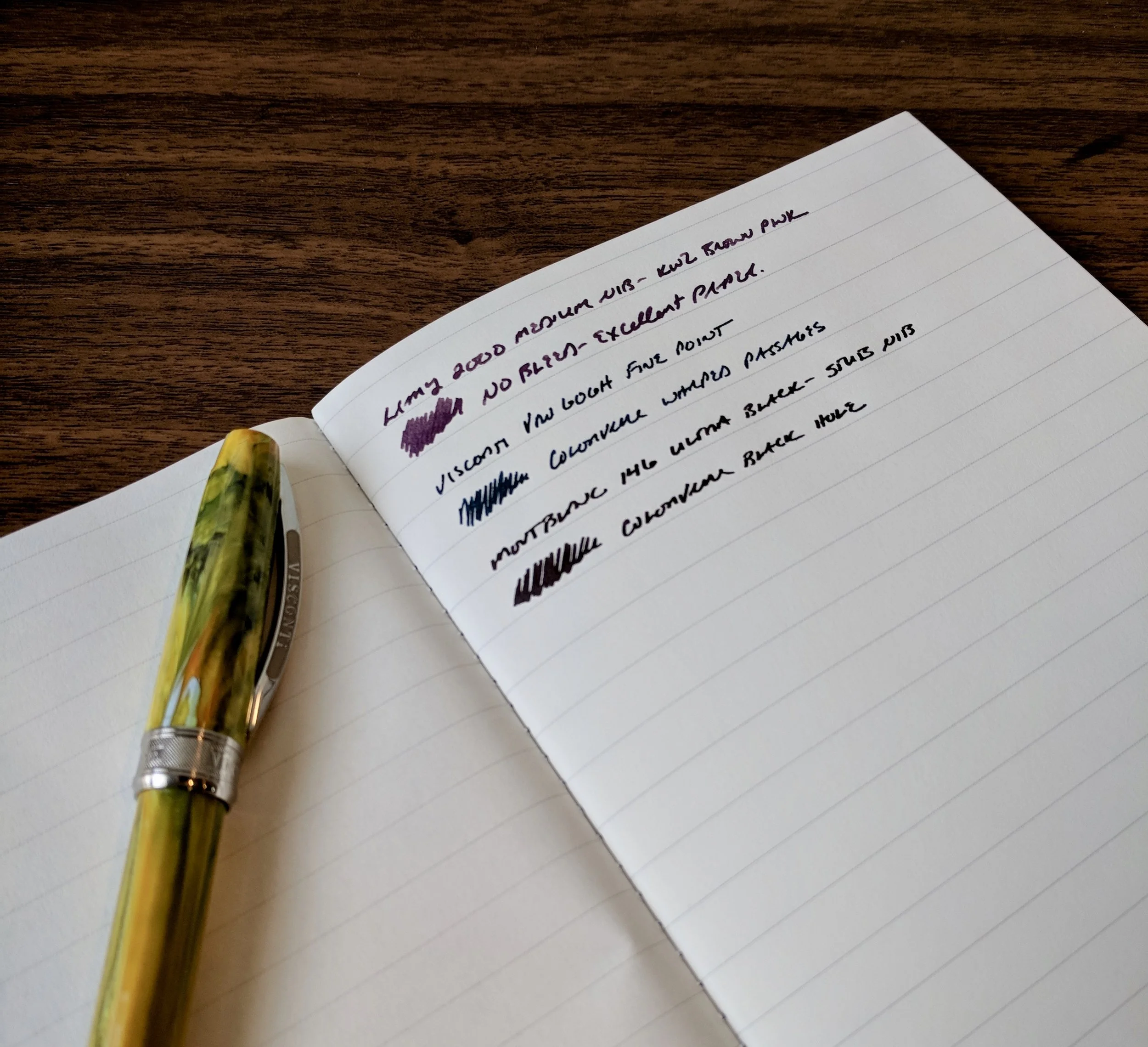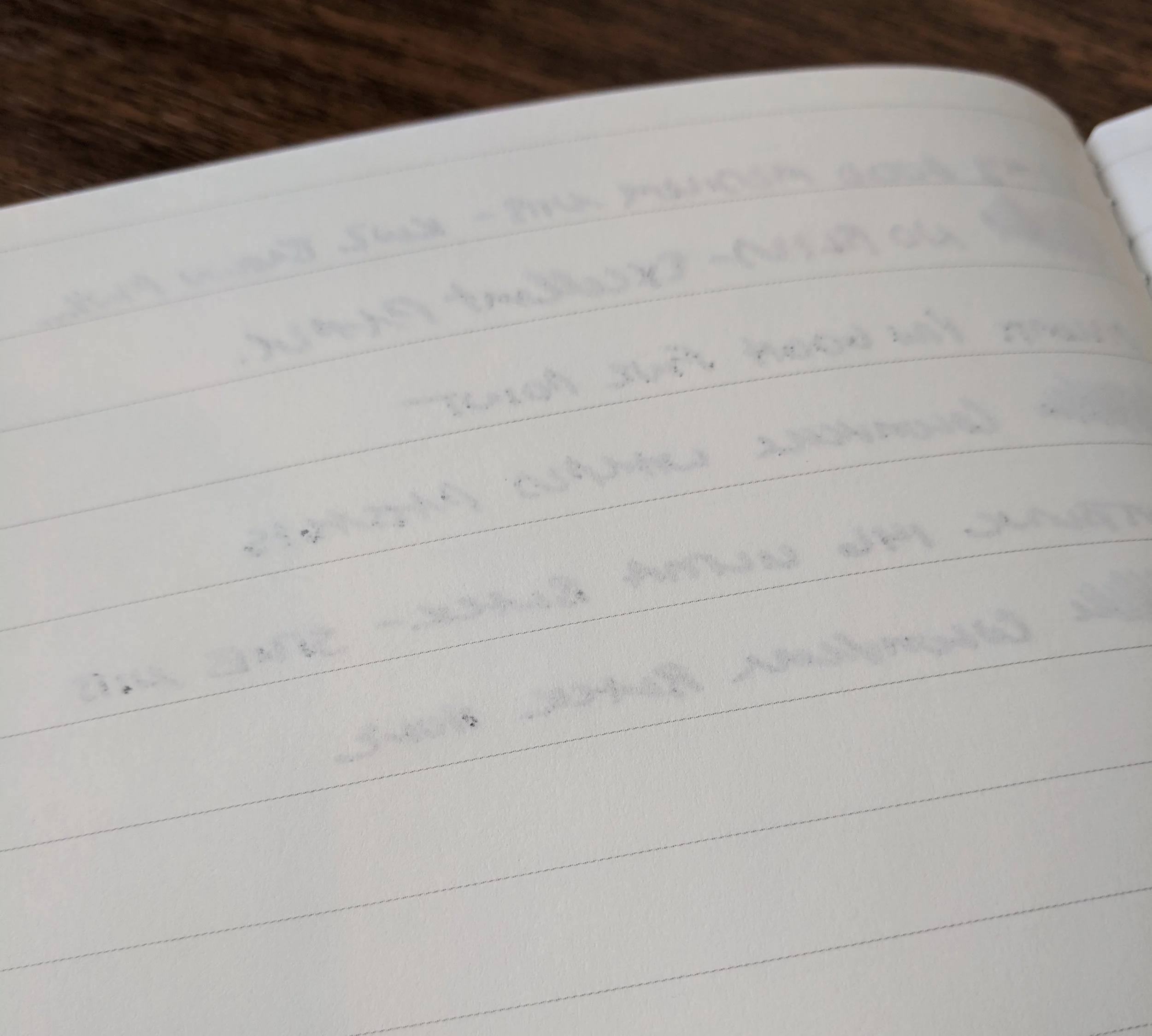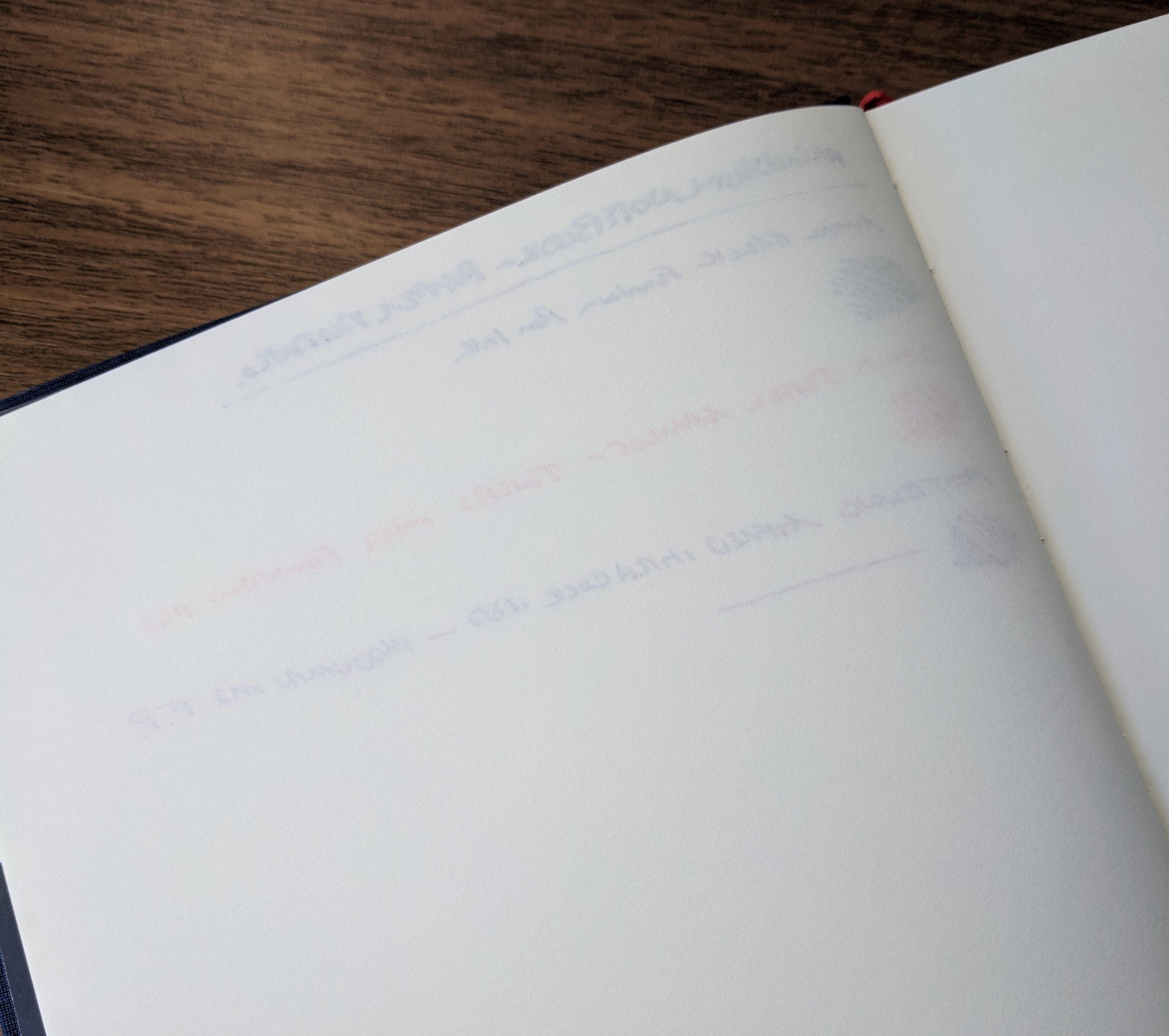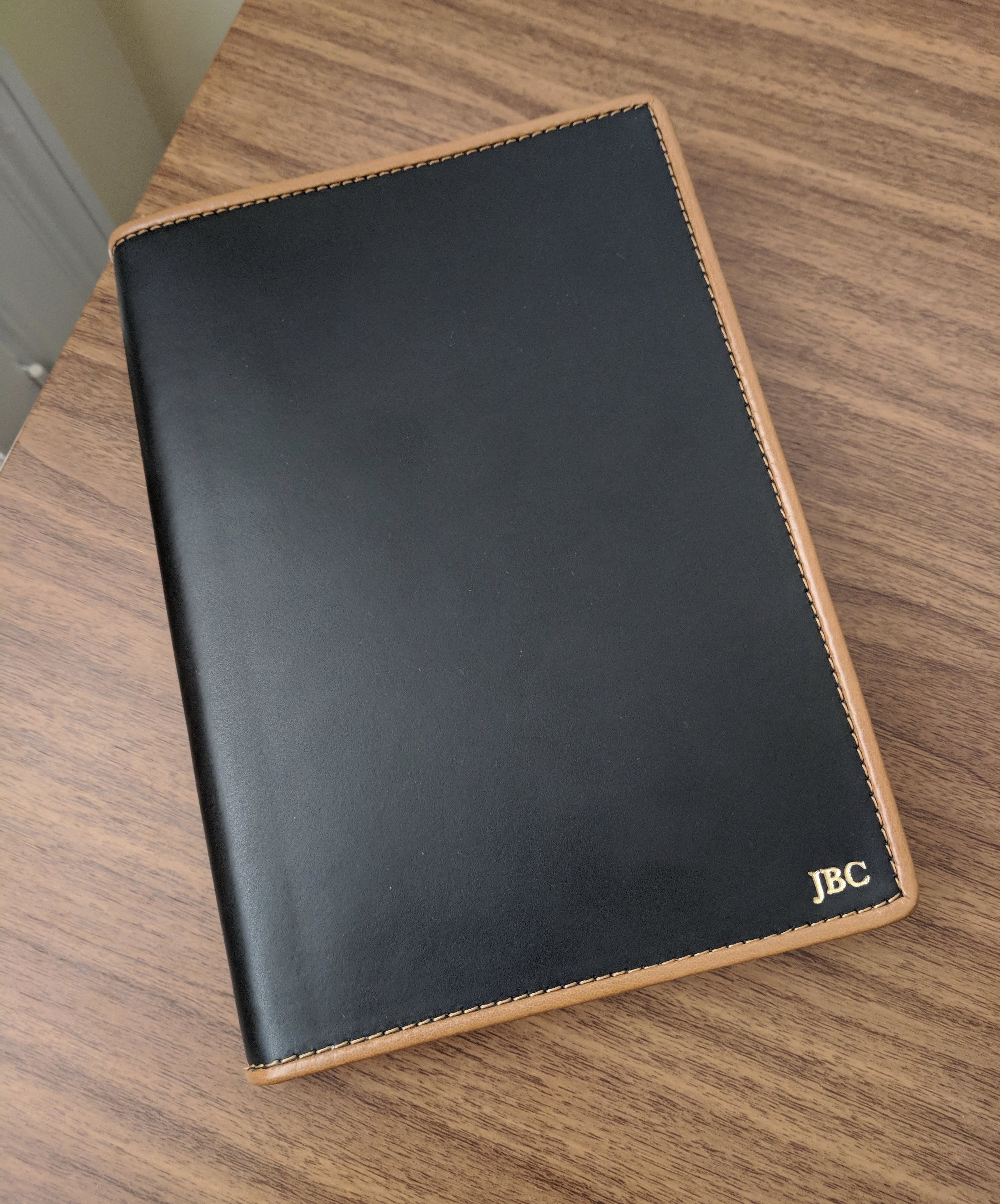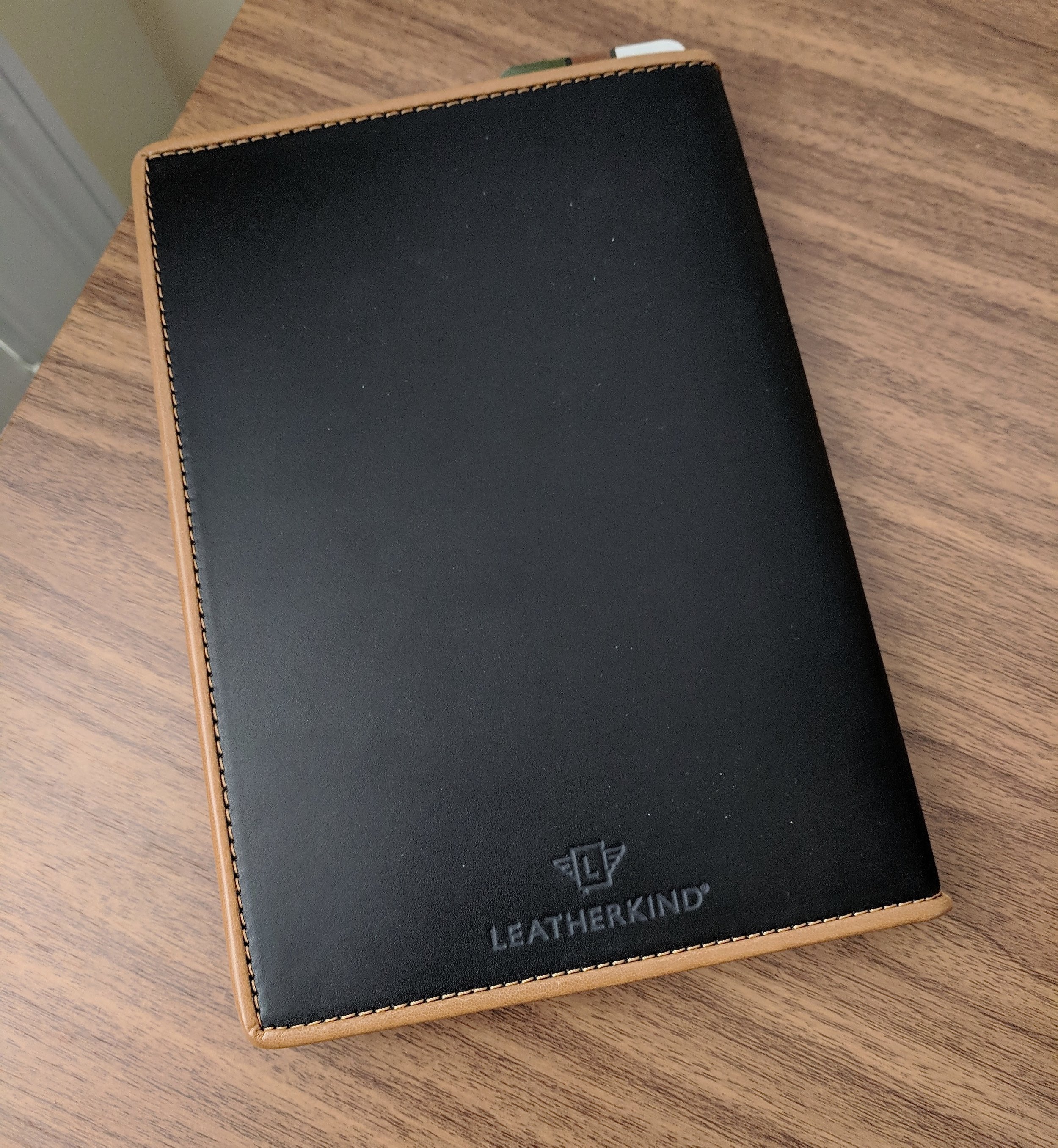In these early morning hours, I’m struck by the thought that I should most likely be writing in my journal instead of online writing about journaling, but thus are the perils of stationery blogging! I will say that it’s much easier to build a morning or evening journaling routine , especially at first, when you have a quality personal journal with some, but not too much, structure. That’s where the Cortex Theme System Journal shines.
Built around concepts discussed in the “Yearly Themes” episodes of the Cortex podcast, the Theme System Journal offers “a simple framework for daily journaling”, allowing you to adapt it to your personal themes and how you choose to track your own individual needs and goals. While I won’t go into the intricacies of the “Theme System” in great depth, it’s built around the concept of planning for and organizing your year around broader “themes” instead of more traditional “goals” or “resolutions”. That’s not to say that you can’t have specific goals or resolutions within the context of each “theme,” but the idea is that themes are more adaptable as the year goes on, allowing you to adjust and stay on track even if a particular goal or resolution doesn’t work out. it’s an approach I’ve taken over the past couple of years, as reflected in my "Intentions for 2022” series of posts that I published around New Year’s Day. To learn more about the Theme System, check out the Theme System website or give the Cortex Podcast a listen. But you don’t need to do an intensive study of “the system” to find the journal useful as a stand-alone product. Its layout is fairly intuitive and I could see use cases beyond personal and professional development journaling.
Layout and Functionality
The notebook is broken down in to several different sections, including four “Theme” Pages where you can develop your Annual/Quarterly/Monthly themes; 90 daily journal pages, though these are undated so you can journal more or less frequently should you choose; 12 “Daily Theme Pages” that allow you to track specific tasks/habits/guideposts or anything else that you might like to follow on a daily basis; 13 pages for notes; and two pages for an index. The version that I currently have is from the first run, which does not have the blank pages for notes, just the theme, journal, and tracking pages with the index template inside the back cover.
I hope you understand that nearly all of my journaling themes are highly personal and/or work-specific, so I won’t show you actual pictures of the journal in use here, but I can tell you that I find the layout to be both intuitive and flexible, Again, you can check out the Theme System website for actual examples of “themes” and how one would incorporate them into the layout if one were strictly following the system.
What I will do is show you how I’ve chosen to use the daily journaling page, which consists of four unlabeled boxes. I use the first box for short gratitude journaling, or briefly noting things I’m thankful for or which made me happy that particular day. The second is for a quote that I found particularly interesting or inspiring, since I’m trying to read at least 30 minutes every day. The third is my “anything” box, where I typically recount a few of the day’s significant events and how they relate to my annual themes/intentions. Finally, the fourth is a short box where I try to summarize how I’m currently feeling about things in a single word or short phrase.
I’ve been using the Tracking Pages mostly for general habit tracking, as opposed to anything specifically theme-related.
I’m honestly not sure what I would use the index for, so it will probably remain blank. I tend to journal chronologically, though I assume that if I ever wanted to organize my journaling by highlighting those entries that touched on a certain subject, I could use these pages.
Specs and Build Quality
Whether you use it for Theme System-style journaling or not, this is a great notebook built around functionality, and was originally developed in collaboration with Studio Neat, makers of the Panobook and Totebook. Like the Totebook, the Theme System Journal has a similar soft cover featuring a debossed Cortex logo, a lay flat thread sewn binding, and Munken Lynx 100gsm paper that so far has handled every fountain pen and every ink I’ve used in this notebook. I’ve heard that others have managed to make this paper bleed and/or feather, but no matter how hard I’ve tried, I have never experienced any issues. For functional everyday journaling, this notebook is more than adequate.
As you can see here, the Theme System Journal is only slightly smaller than the Nanami Seven Seas Writer.
The Theme System Journal is what I call “A5-ish” size, meaning that it’s slightly smaller than a standard A5 but not so much that it won’t fit most A5 notebook covers. I have had success using my Theme System Journal in both an A5 Roterfaden Taschenbegleiter and a Lochby Field Journal (pictured here).
Takeaways and Where to Buy
Two months in, the Theme System Journal has taken hold and I can see this as a long-term replacement for the A6 Hobonichi Techo, which I used for years before I found myself wanting something with just a bit more structure and space to write. Do I journal every day? No, I have mornings where I’m just not inspired, but I would say I’ve stuck with it a solid 5/7 days through the first two months of the year.
You can purchase the Theme System Journal directly from Cortex Brand, with orders fulfilled via Cotton Bureau. The Theme System Journal costs $25 for a single notebook, but you can save $5 if you purchase a subscription, which will ensure you get a notebook each quarter. While there have been stock shortages of the Theme System Journal in the past, I understand that supply issues are now resolved.
I purchased the Theme Journal featured here with my own funds, for my own use. This post does not contain paid third-party affiliate links, and I was not otherwise compensated for this review. The Gentleman Stationer is supported entirely by purchases from the T.G.S. Curated Shop and T.G.S. Patreon Program, which offers access to online meetups, exclusive discounts and pre-orders, and more!
